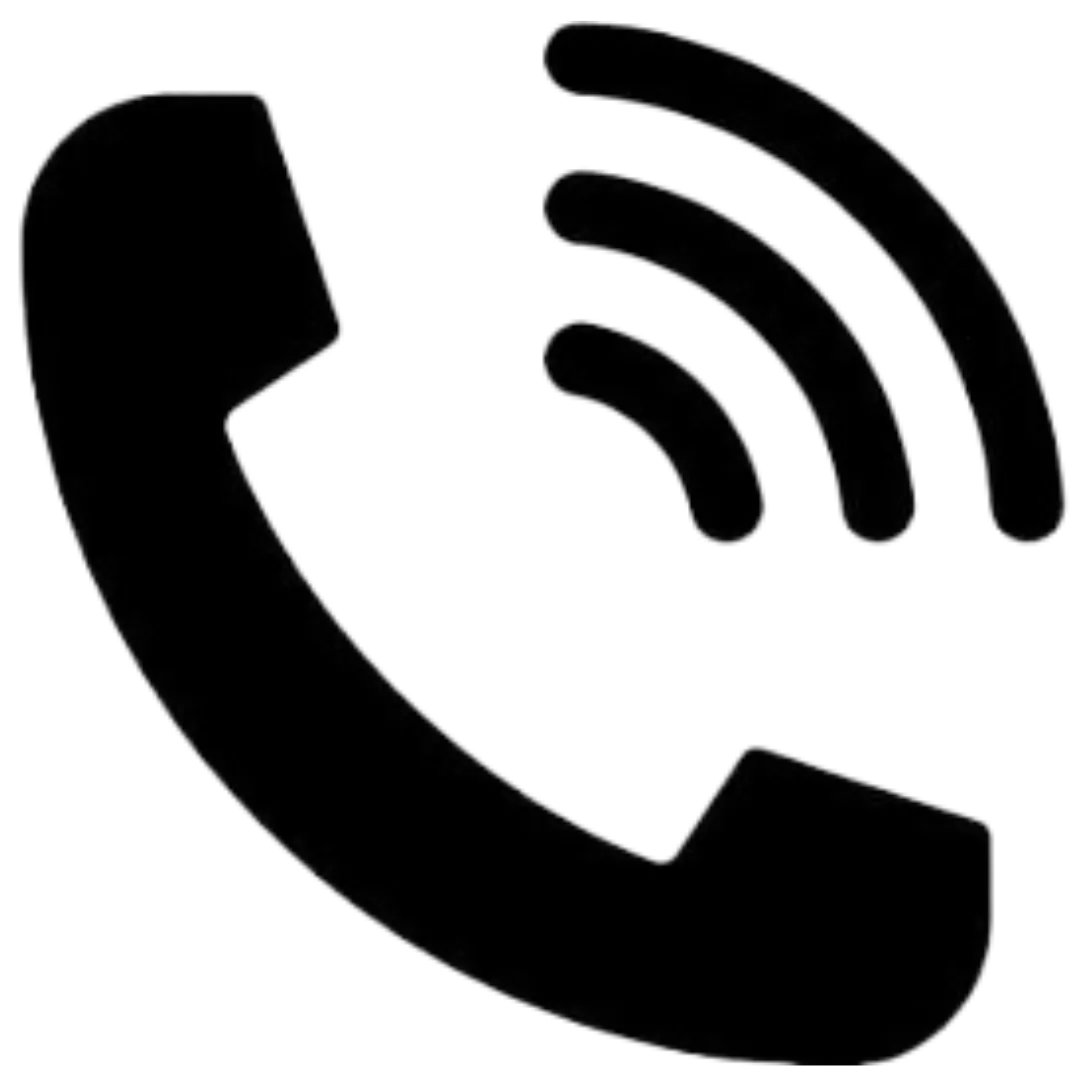
Copay, Coinsurance, and Out-of-Pocket Maximum: Key Terms You Must Know
When people think about health insurance in the U.S., they often assume that “insurance covers everything.” But the reality is different: while insurance pays for most of your care, there are important terms like copays, coinsurance, and out-of-pocket maximums that determine how much you actually spend.
This article will explain these concepts in simple terms, with real-life examples, so you can avoid surprises when you receive a medical bill.
1. What Is a Copay?
A copay is a fixed fee you pay for certain medical services.
Example: Your plan sets a $25 copay for primary care visits and $10 for generic prescriptions.
Whether the doctor’s visit costs $100 or $300, you only pay $25.
Common services with copays include:
Doctor visits
Prescription medications
Preventive care
Emergency room visits (depending on the plan)
Pro tip: Copays are predictable, so you can easily budget for them monthly.

2. What Is Coinsurance?
Coinsurance is the percentage of costs you share with your insurance after meeting your deductible.
Example: Your plan covers 80%, and you are responsible for 20%.
If an MRI costs $1,000, you pay $200, and insurance covers $800.
Unlike a copay, coinsurance changes depending on the cost of the service.
Pro tip: Always try to use in-network providers—your share will be much lower than out-of-network costs.
3. What Is the Out-of-Pocket Maximum?
The out-of-pocket maximum is the yearly limit of what you’ll pay for covered services. Once you reach this amount, your insurance pays 100% of covered costs for the rest of the year.
Example: Your plan has an $8,000 out-of-pocket max.
By September, you’ve paid $8,000 in deductibles, copays, and coinsurance.
From then until December, all covered services cost you $0.
Important: This only applies to covered services in-network.
4. Key Differences Between Copay, Coinsurance & Out-of-Pocke
Copay : Fixed fee per service
Example: $25 for a doctor’s visit
Coinsurance: Percentage of costs after deductible
Example: 20% of a $5,000 surgery = $1,000
Out-of-Pocket Max: Annual spending cap
Example: After $8,000, you pay nothing else that year
5. Tips to Manage These Costs
Read your policy carefully. Each plan has different copays and coinsurance rates.
Stay in-network. Out-of-network care can be extremely expensive.
Save for medical emergencies. Even with insurance, you may face bills before reaching your max.
Use preventive care. Many preventive services are covered at 100% with no cost to you.



